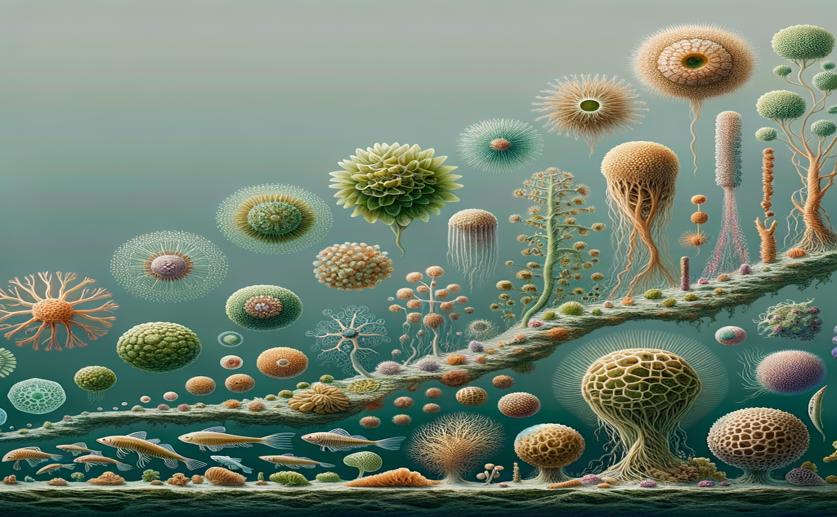
Tracing the Evolution of Complex Algae Forms
Jenn Hoskins
11th April, 2024

Image Source: Natural Science News, 2024
Key Findings
- Researchers at the Georgia Institute of Technology studied the evolution of multicellularity in volvocine algae
- They found multicellularity and cell specialization, including male and female reproductive cells, evolved independently multiple times
- The study used genetic comparisons and fossil data to trace the timeline of these evolutionary developments
GeneticsPlant ScienceEvolution
References
Main Study
1) Fossil-calibrated molecular clock data enable reconstruction of steps leading to differentiated multicellularity and anisogamy in the Volvocine algae
Published 10th April, 2024
https://doi.org/10.1186/s12915-024-01878-1
Related Studies
2) Laser--Raman imagery of Earth's earliest fossils.
Journal: Nature, Issue: Vol 416, Issue 6876, Mar 2002
3) Evolution of multicellularity coincided with increased diversification of cyanobacteria and the Great Oxidation Event.
4) Experimental evolution of multicellularity.



 11th March, 2024 | Jim Crocker
11th March, 2024 | Jim Crocker